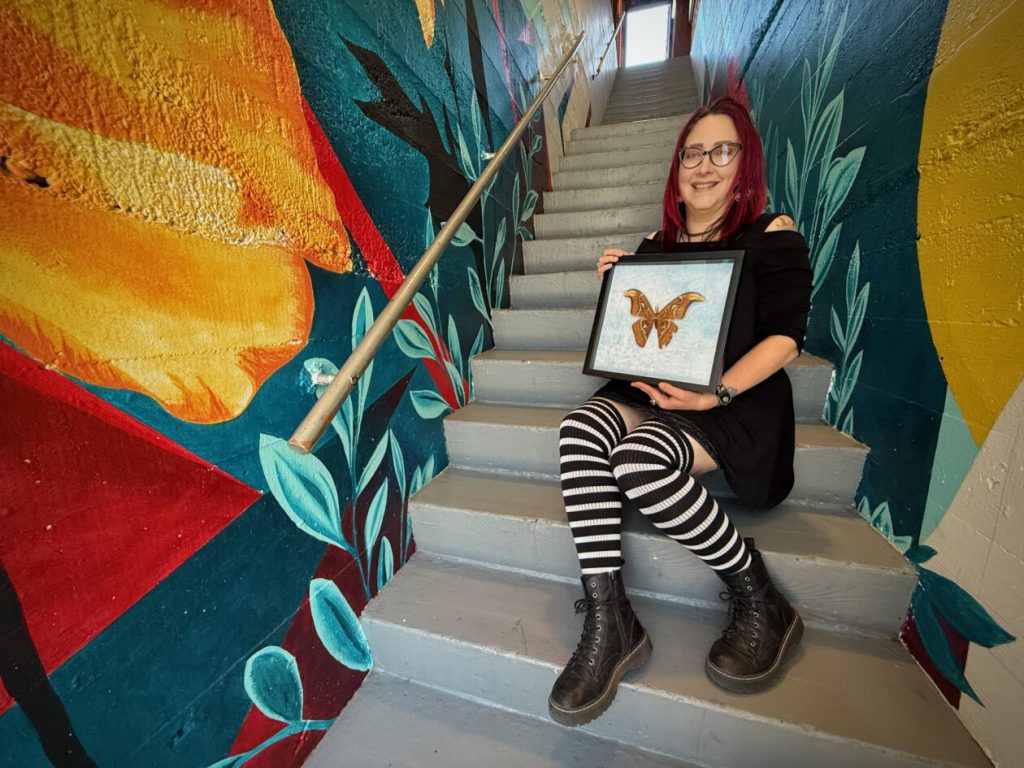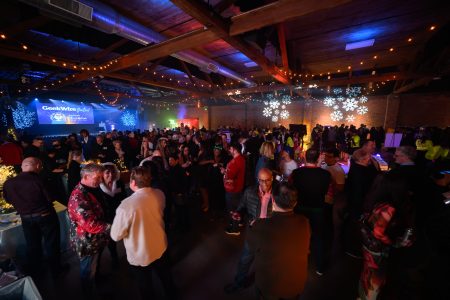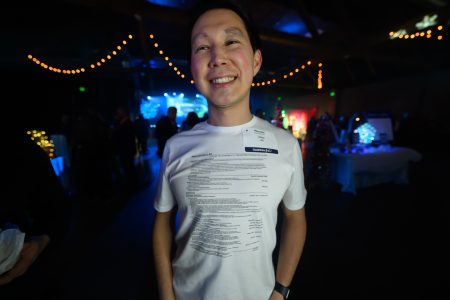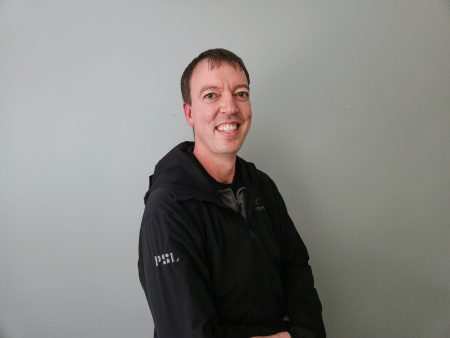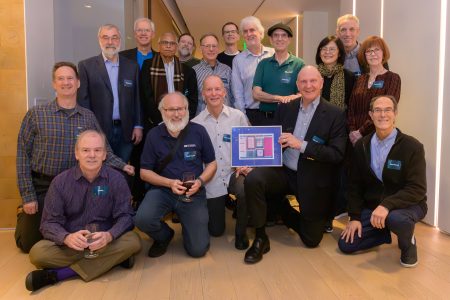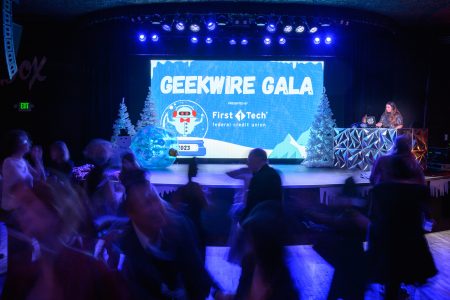When Tech Meets Taxidermy: The Beautiful and Spooky World of Bergen McMurray
In a world where technology dominates professional lives, Bergen McMurray finds solace and creative expression in what she lovingly calls “dead things art.” By day, McMurray works as a Principal Technical Program Manager at Oracle Cloud Infrastructure in Seattle, managing workflows, designing systems, and tackling software bugs. But on weekends, she transitions to handling real bugs – along with bones, butterflies, and other natural specimens – transforming them into striking wall art that challenges viewers’ perceptions of beauty and mortality. This fascinating intersection of science, art, and technology exemplifies how tech professionals are finding unique outlets for creativity that complement and enhance their day jobs.
McMurray’s journey to this unusual artistic pursuit is rooted in her extensive background in both tech and science. Having worked at prestigious institutions like the Allen Institute for Brain Science and Tableau Software, as well as founding her own nonprofit biotech startup called HiveBio, she brings a scientific precision to her artwork. Together with her artistic partner Bevin Duncan, McMurray founded Ebb & Bone, a collaboration that showcases their distinctive creations at art shows and festivals throughout the Seattle area. Their pieces – typically priced around $75 – feature meticulously arranged specimens including spiders, butterflies, beetles, cockroaches, small mammal skulls, and snake skeletons, all presented in simple frames that emphasize the natural beauty of the subjects. “I love anything that is the juxtaposition between beautiful and spooky,” McMurray explains, perfectly summarizing the aesthetic that makes her work both unsettling and captivating.
Ethics and sustainability form the cornerstone of McMurray’s artistic practice. She is adamant about sourcing her specimens responsibly, refusing to use bugs or animals that have been raised specifically to be killed for art. Instead, she relies on upcycled objects foraged in the woods or specimens from decommissioned entomology collections, ensuring that her work doesn’t negatively impact existing ecosystems. This conscientious approach extends to her artistic philosophy as well – McMurray deliberately keeps her compositions simple, believing that the natural specimens speak for themselves. When presenting a large orb weaver spider, for instance, she notes, “This spider does not need anything else, really. He just needs to be composed in a way that emphasizes his natural beauty.” Some pieces receive minimal embellishment, such as dried flowers or attached crystals on skulls, but the focus remains on the specimen itself, displayed against printed backgrounds that complement rather than compete with the main subject.
Perhaps the most rewarding aspect of McMurray’s artistic endeavors is the opportunity to challenge people’s perceptions and help them discover beauty in unexpected places. Many viewers initially recoil at the sight of a giant spider or beetle, or an animal’s skull – these specimens often trigger instinctive discomfort or even disgust. Yet McMurray finds satisfaction in creating a space where people can overcome these reactions and appreciate the intricate details and natural artistry of these often-overlooked creatures. “I like getting people to think, ‘Oh, there is beauty here that I just wasn’t taking the time to stop and look and think about,'” she explains. “So I like helping people, kind of shocking them out of their worldview.” This perspective-shifting quality of her work creates meaningful connections with viewers, transforming potential revulsion into curiosity and appreciation.
While Ebb & Bone represents a dramatic departure from McMurray’s tech career, she finds surprising parallels between her professional and artistic lives. After spending long hours in front of a computer screen, her artwork provides a tactile counterbalance – a chance to create something physical that she can touch and feel. Yet both domains require her to develop creative solutions for complex problems, whether it’s figuring out how to display a rabbit skull artfully or sourcing certain insects sustainably. These problem-solving skills transfer seamlessly between her two worlds, enriching both her artistic practice and her approach to technical program management. McMurray notes that both roles involve coming up with innovative approaches to what she calls “weird processes,” demonstrating how seemingly disparate pursuits can actually reinforce and enhance each other’s skill requirements.
Beyond the technical and creative similarities, McMurray’s artwork has unexpectedly honed social skills that prove valuable in her professional life. Art shows and festivals place her in constant conversation with strangers about unusual topics, developing her ability to communicate effectively about potentially uncomfortable subjects. “The social skills that that reinforces are very necessary for the influencing without authority that one has to do as a program manager,” she observes, referencing an industry term for the soft skills required to lead projects without direct managerial control over team members. This social dimension of her artistic pursuit highlights how out-of-office passions can cultivate professional competencies in surprising ways. McMurray’s story stands as a compelling example of how tech professionals can find fulfillment through creative outlets that not only provide balance to their digital-focused careers but also enhance their professional capabilities through unexpected connections and transferable skills.





